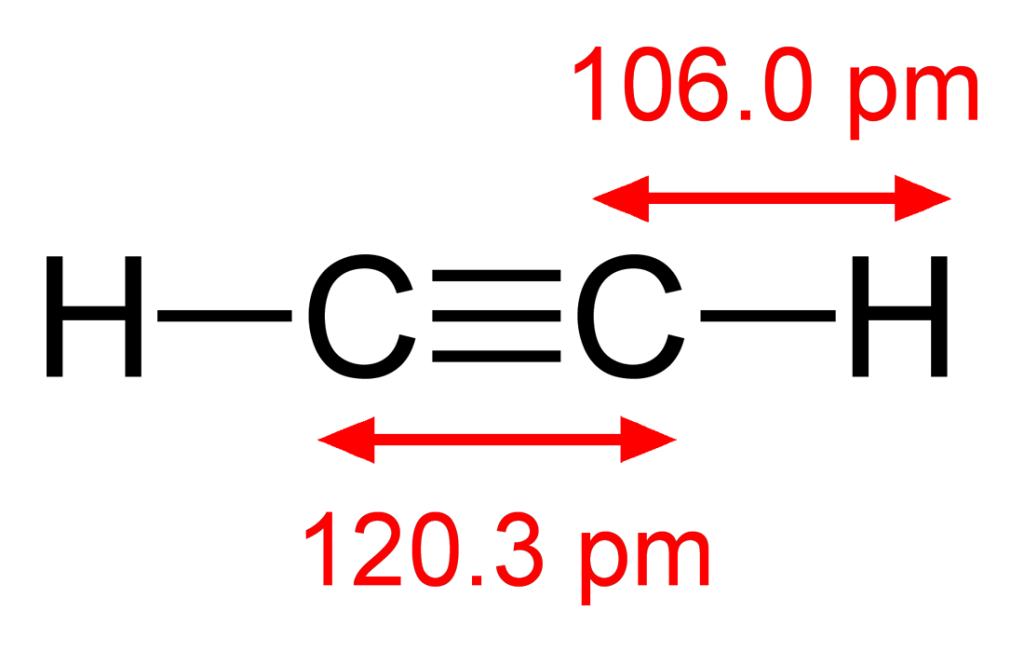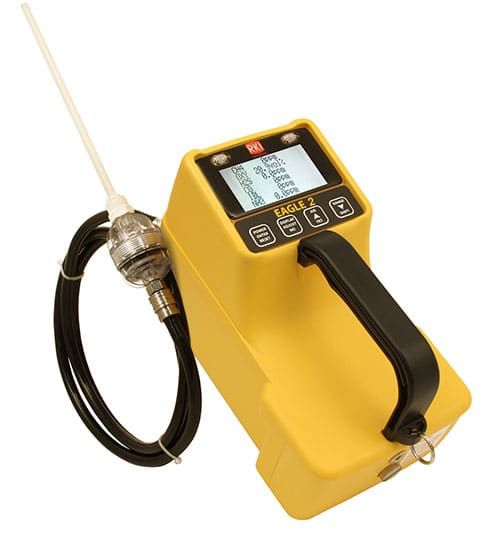Acetylene, known by its chemical formula C2H2, is a colorless gas with a faint garlic-like odor that plays a crucial role in various industries, from welding to portable lighting. In this blog post, we’ll delve into the properties, uses, health risks, and safety measures associated with acetylene.
Properties and Other Names:
- Other Names: Ethyne
- CAS Number: 74-86-2
- Odor: Faint, Garlic-like
- Flammability: Extremely Flammable
- Vapor Pressure: 44.2 atm
- Water Solubility: Slightly Soluble
Industry Uses:
- Fuel: Acetylene is widely used as a fuel due to its high combustion temperature. Its flame temperature can reach up to 6,000°F (3,316°C), making it ideal for cutting and welding applications.
- Welding: Acetylene is a staple in the welding industry, where it is used as a fuel gas in oxy-acetylene welding and cutting torches. The high-temperature flame created by acetylene is essential for efficient metal fusion.
- Portable Lighting: In the past, acetylene was generated from calcium carbide and used in portable lighting devices. While this application has become less common with the advent of electric lighting, it still has historical significance.
Health Risks:
Acetylene, while a valuable industrial gas, poses certain health risks, primarily associated with its extreme flammability and potential for explosion. Here are some health risks:
- Toxic Impurities: Acetylene can contain toxic impurities, which vary depending on its source and handling. It is essential to ensure the purity of acetylene for safe use.
- Inhalation: Inhaling acetylene can lead to symptoms such as headaches, dizziness, and, in extreme cases, loss of consciousness. If inhalation symptoms are observed, it is crucial to move to fresh air and provide oxygen if necessary.
- Contact: Contact with expanding acetylene gas can cause burns and frostbite. If contact occurs, it is recommended to flush the affected area with plenty of water and remove contaminated clothing immediately. Seek medical attention promptly.
Safety Measures:
To ensure the safe use of acetylene, here are some recommended safety measures:
- Gas Purity: Ensure that the acetylene you use is of high purity and free from toxic impurities.
- Proper Ventilation: When using acetylene in confined spaces, ensure adequate ventilation to prevent the accumulation of flammable gases.
- Handling Under Pressure: Acetylene easily explodes under pressure, so it should be handled with care.
- Inhalation: Avoid prolonged inhalation exposure and provide respiratory protection if necessary.
Regulations and Monitoring:
Acetylene exposure regulations vary by organization. For instance, ACGIH recommends a Threshold Limit Value-Time-Weighted Average (TLV-TWA) of 5 mg/m3 for welding fumes. ACGIH also labels acetylene as a simple asphyxiant in the case of overexposure. However, acetylene does not have specific exposure regulations set by NTP, OSHA, NIOSH, or IARC.
Monitoring acetylene levels is essential for ensuring workplace safety. Portable and fixed monitors with specialized sensors are available for this purpose.
Calibration Services:
To maintain the accuracy of gas measurement instruments, annual calibration is essential. Calibration costs vary depending on the type of equipment and manufacturer standards.
Calibration Services can be found here: https://www.gas-sensing.com/support/calibration.html
Conclusion:
Acetylene is a versatile gas that has found its place in various industries, particularly in welding and cutting applications. While it offers significant benefits, its extreme flammability and potential health risks underscore the importance of responsible handling, proper ventilation, and regular calibration of monitoring equipment. By adhering to safety measures and regulations, we can harness the power of acetylene while minimizing its associated risks.
Gas Monitors for Acetylene can be found here: https://www.gas-sensing.com/support/gas-information/acetylene.html


